The Manuel F. Correllus State Forest is not, in conventional terms, a very nice place for a living thing to make its home.
It is sandy, its soil nutrient poor and fast draining, its scrub oak prairies prone to ferocious wildfires. It’s perhaps more known for the heath hen, the famous denizen that went extinct in 1932, than for any of its surviving species.
And yet, against all odds, the 5,300-acre property at the heart of the Island is a flourishing refuge of biodiversity. That diversity was at the center of a walk hosted last week by the Friends of the Manuel F. Correllus State Forest. The event was a plein air forum of Island naturalists giving a voice to the property’s many organisms, helping them to not go the way of the heath hen.
“It’s a sandy, droughty, dry, difficult habitat for plants and animals,” said friends group chairman Bob Woodruff. “And yet, many species have adapted to it.”
The level of biodiversity on the property is unparalleled in Massachusetts, said the state Department of Conservation and Recreation’s forest superintendent Conor Laffey.
“It is home to the most diverse plant and insect and animal species of any state property,” he said, adding that about 30 species living in the forest are endangered or threatened in the state.
Most of those species depend on the property’s unique ecological conditions, Mr. Woodruff said. The state forest as a forest is a relatively-recent development; for thousands of years, he said, the area was a low-growing sandplain habitat, maintained through controlled burns by indigenous people to encourage the growth of berries and medicinal plants.
Current human conditions on-Island, however, are less amenable to regular burning, Mr. Laffey explained.
“There’s a lot of multi-million-dollar homes built up around the forest, so there is obviously wildfire risk we have to deal with,” he said.
To mitigate that risk, the state maintains a grid of fire lanes throughout the forest, sandy roads regularly mowed for emergency vehicle access and to break up the forest into discrete sections, preventing unfettered fire spread. An unintended side effect of lane maintenance has been to preserve some of the old sandplain conditions.
“Coincidentally, a lot of that disturbance has created nice habitat for some of those . . . rare and endangered species,” he said.
Paul Goldstein, a lepidopterist — moth and butterfly expert — and member of the group, can attest to that phenomenon. Mr. Goldstein himself is responsible for the discovery of many of the rare species now known to inhabit the forest.
On one stretch of fire lane, Mr. Goldstein and a colleague were able to identify one-third of all ant species present in New England, a total of more than 30 species.
Mr. Goldstein came to the forest walk in full field research attire, walking with a voluminous bug net pitched over his shoulder. On a stroll down one of the fire lanes, Mr. Goldstein spotted movement and swiftly leapt into the bushes and brought his net down.
Transferring a little green, iridescent, gem-like bug from his net to a vial supplied by Matt Pelikan, another Island naturalist and member of the forest booster group, Mr. Goldstein presented his catch to the crowd.
“Behold, the tiger beetle,” he exclaimed, brandishing the endangered insect before releasing it into the bushes.
Though the habitat depends on human intervention to be maintained, Mr. Woodruff said, its foundation rests on ancient geology. Down on fire lane 18, as Mr. Laffey drilled a cylindrical hole into the sand with a hand-held auger, Mr. Woodruff explained the geological origin of the place.
“We are standing in an ancient riverbed, a ghost river,” he said, which originated around 20,000 years ago.
While the Island’s northern edge is mostly “moraine,” clayey sediment pushed in by glaciers, the portion covered by the state forest is “glacial outwash,” sandier sediments transported by melting glacial waters.
As Mr. Woodruff spoke, Mr. Laffey’s auger ground to a stop. “This is a genuine refusal test,” said Mr. Woodruff, with a hint of wonder in his voice. A few feet below the surface, the hand-held drilling tool had reached the bottom of the ancient river bed, a collection of mostly grapefruit-sized rocks transported to the spot by the torrential force of ancient glacial streams.
The environmental conditions that these riverbeds create, said Mr. Goldstein, are particularly favorable to rare moths. Temperatures can fluctuate as much as 70 degrees between night and day, he said, impelling scrub oaks to produce the delicate, fresh leaves that moths most enjoy eating.
Not to be outdone by the geological and entomological wonders of the forest, botanist Margaret Curtin expounded on the many special plants that call the property home, from the common dewberry and false yellow indigo, to the more rare little bluestem grass and slender ladies tresses orchid.
After nearly two hours of high-energy species identification, Mr. Woodruff ended the walk before a great bronze statue of the extinct heath hen, speaking again about the importance of maintaining the forest’s rare habitat and preaching the benefits of controlled burns.
“The habitat was essential . . . and it disappeared with the colonials, the Europeans coming in,” he said. “We are not moving fast enough…one of the reasons you are all here is so we can build a public sentiment for smart, scientific, controlled burning.”

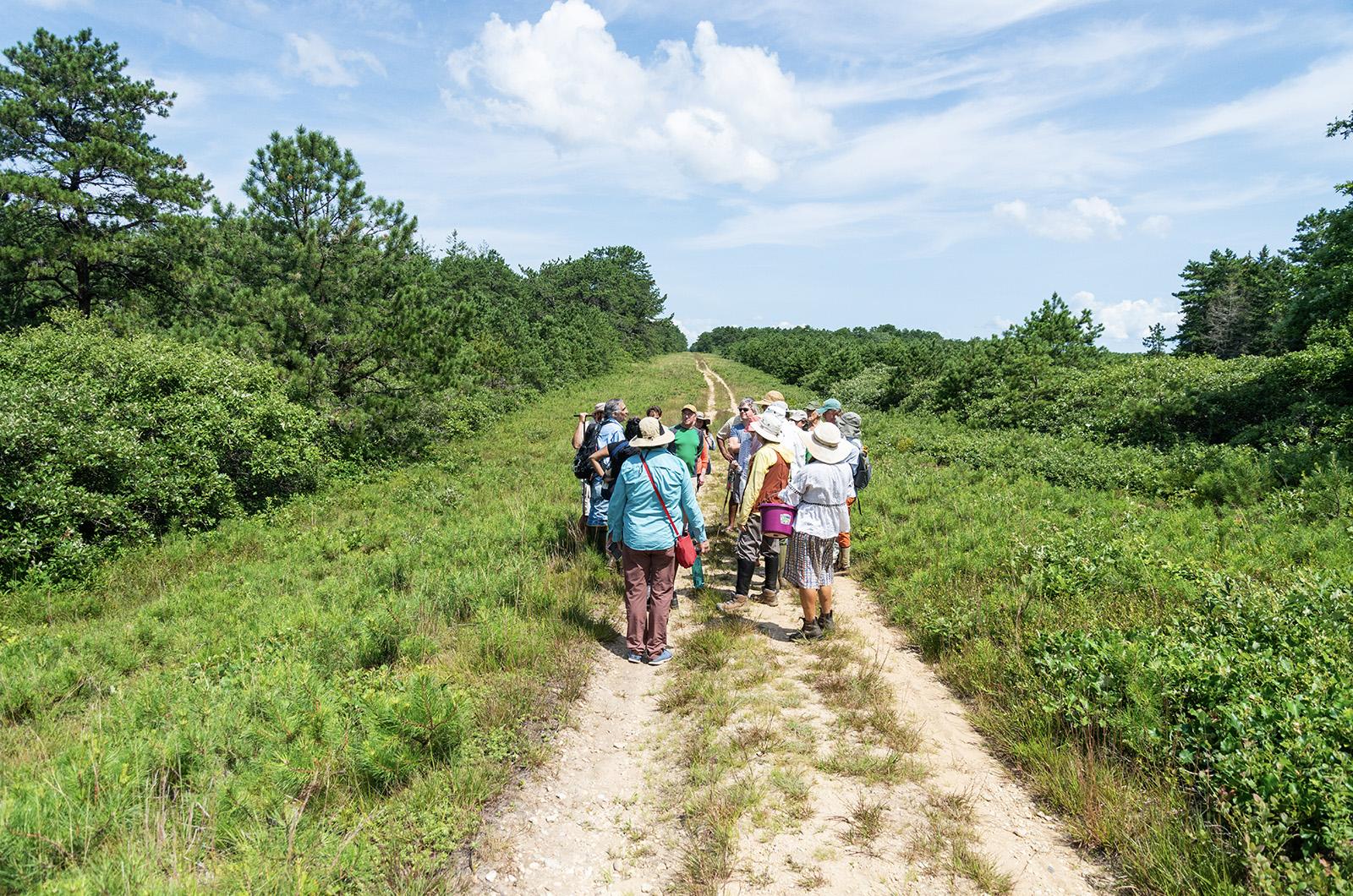
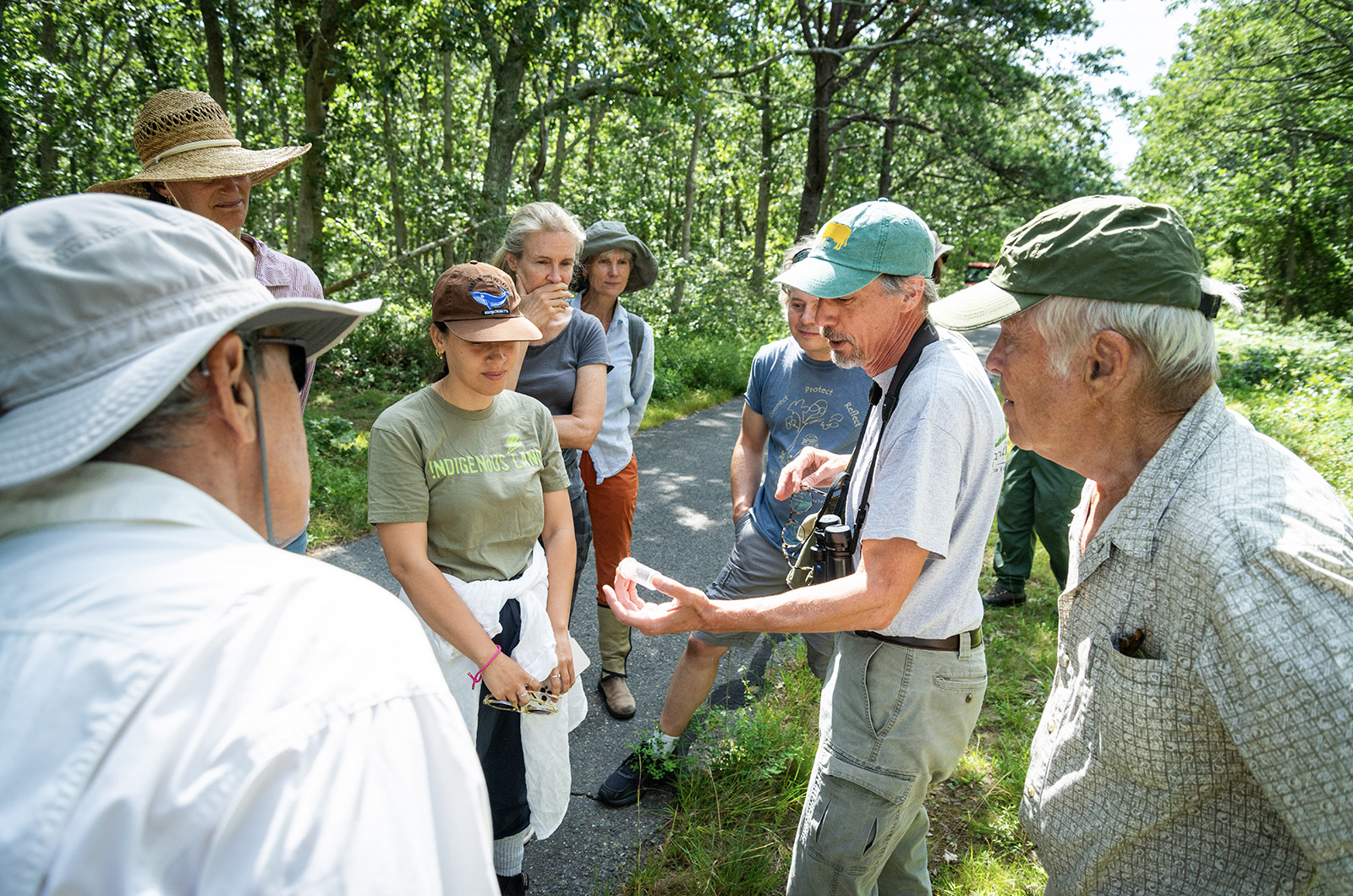
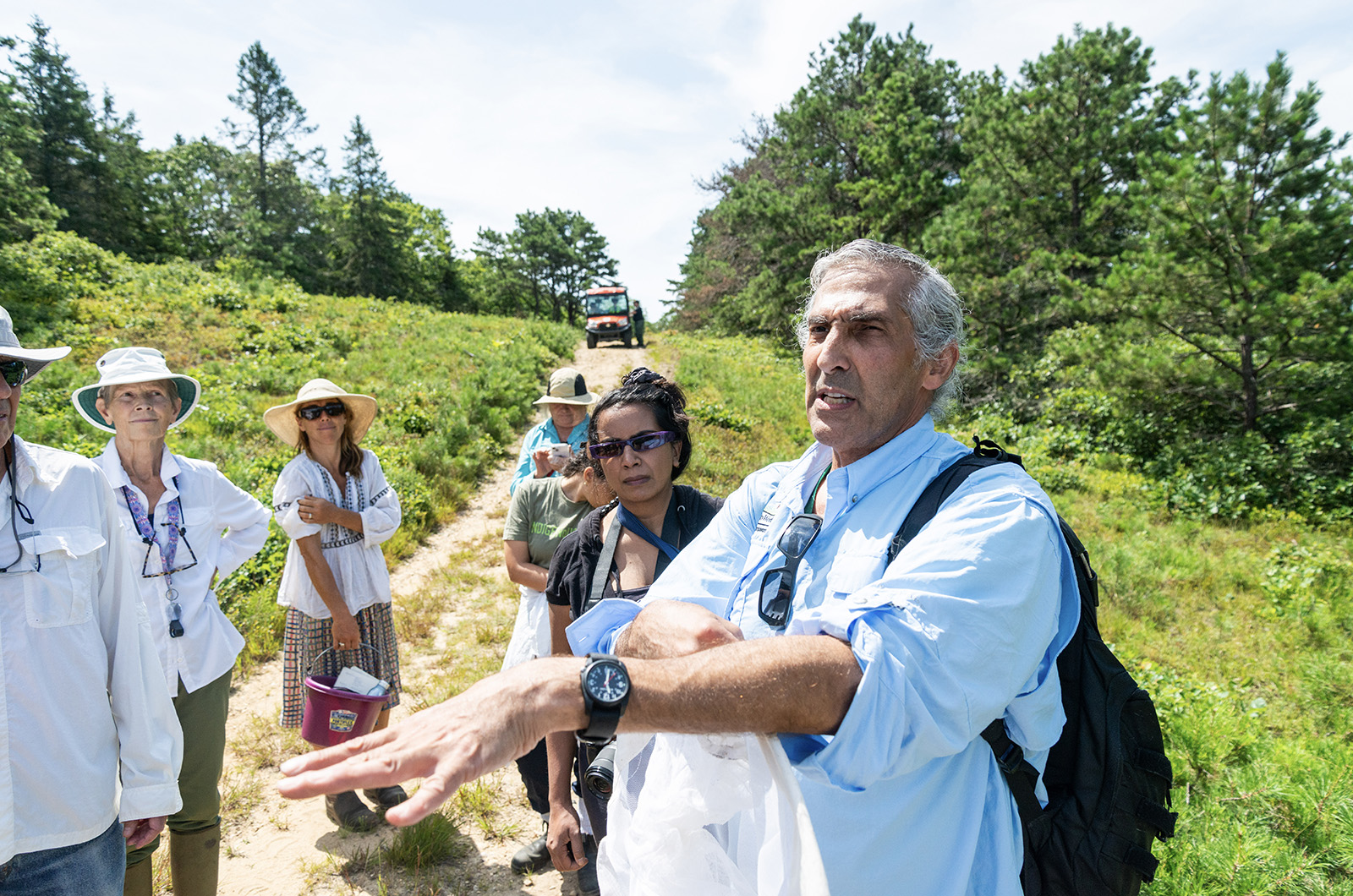
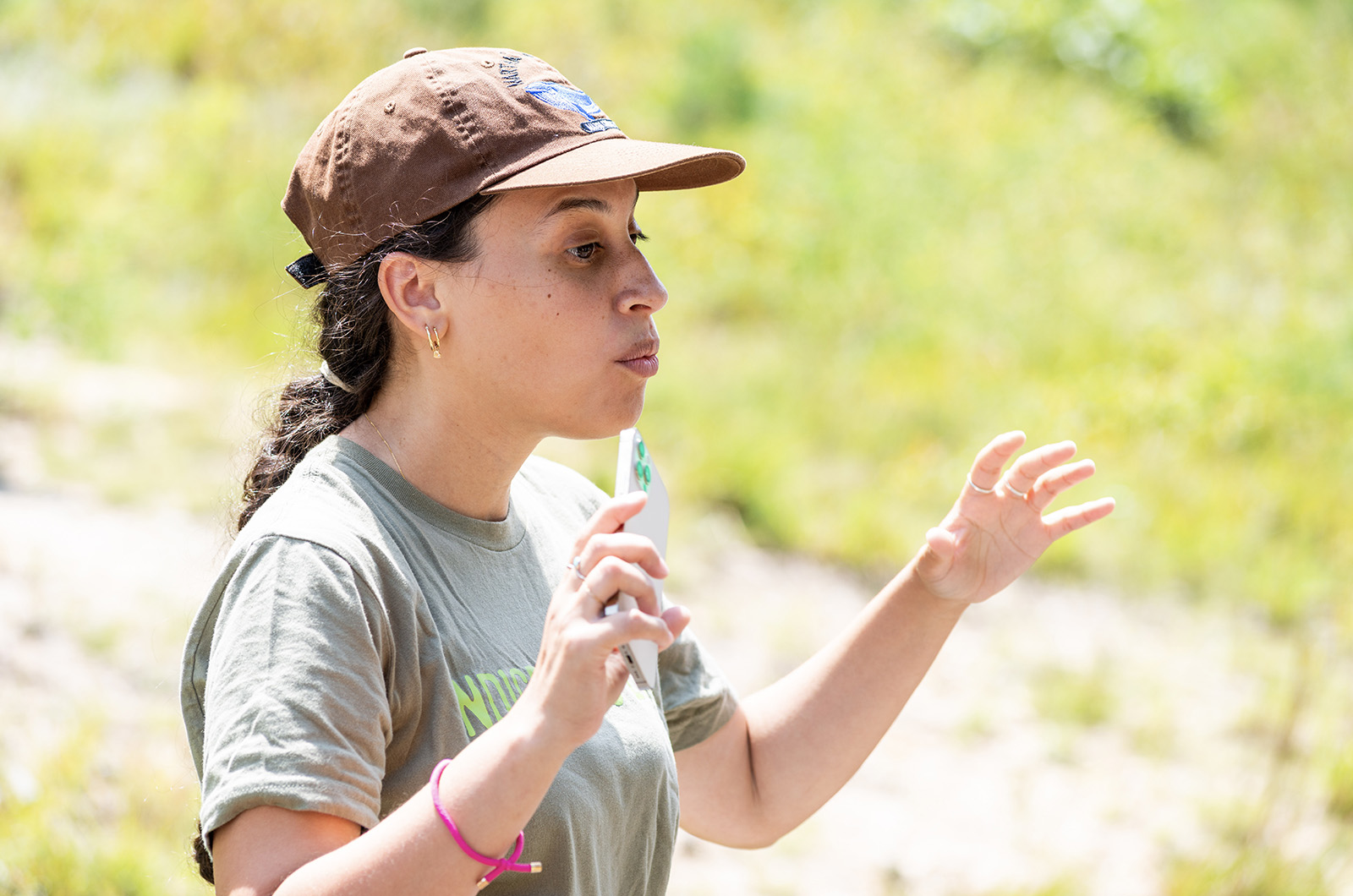

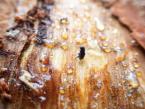



Comments (1)
Comments
Comment policy »